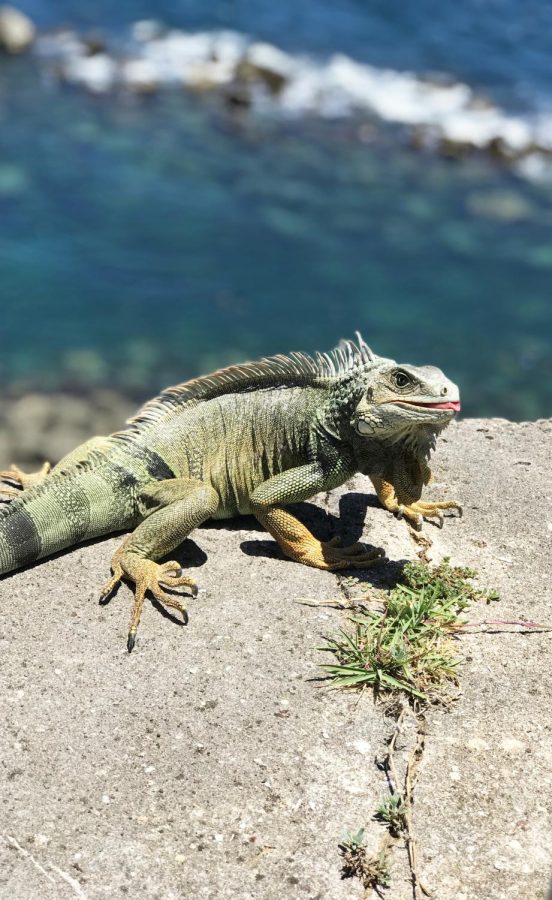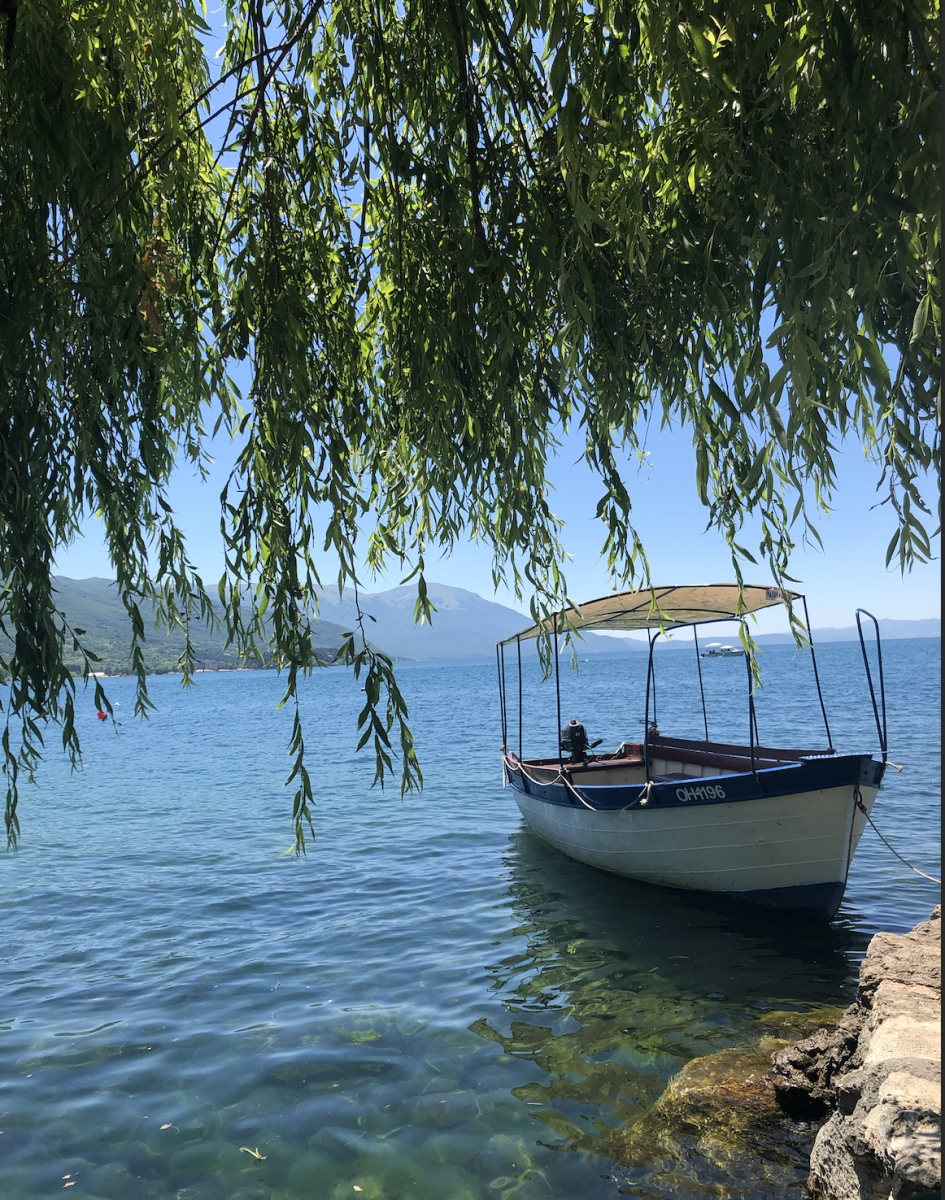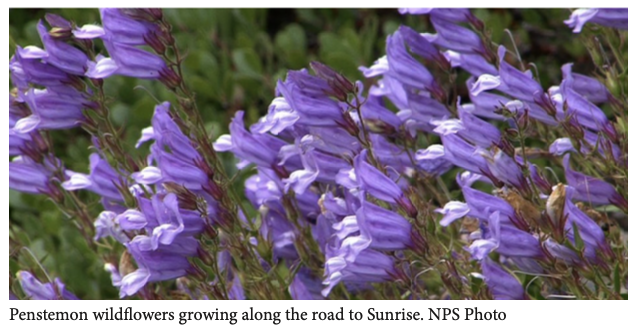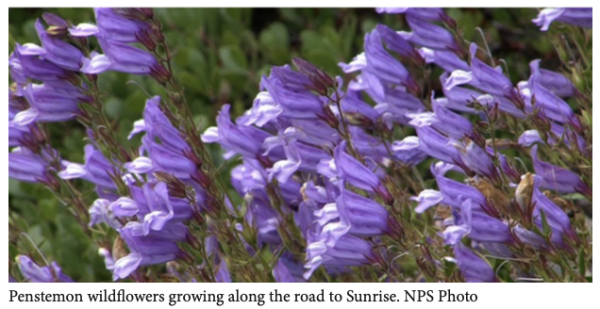Endangered species: the bigger picture
photo courtesy of Sebas
March 27, 2020
Somatochlora Hineana, a common species of dragonfly, is endangered. With less than 30,000 left, the situation is becoming dire.
Inkwell interviewed tropical biologist and environment policy expert Cristián Samper, president and CEO of the Wildlife Conservation Society, to find out more. The Wildlife Conservation Society is an international NGO whose mission is to save wildlife by conserving the world’s largest wild places. Samper was previously director of the Smithsonian’s Museum of Natural History.
One of the main theories behind mass extinction is climate change. Another significant factor to extinction is cows. According to Samper, creating grasslands for cows eats up into natural spaces, therefore hurting species. In addition, the resulting methane from all of the cows can worsen the production of greenhouse gasses.
How bad is it really?
In past history there have been five major extinctions: the Ordovician Mass Extinction, Devonian Mass Extinction, Permian Mass Extinction, Triassic-Jurassic Mass Extinction and Cretaceous-Tertiary Mass Extinction. When asked whether he thought we were in the sixth extinction, Samper replied, “Many people think we are. The rate of extinction is faster now than at any other point in human history.”
According to the World Wildlife Foundation’s website, the populations of mammals, birds, fish, reptiles and amphibians have seen a 60% decline in just over 40 years. Samper also emphasized the decline in species. “A UN report (based on the IPBES) predicts that as many as one million species will be threatened,” he said. To put that in perspective, that is almost one in ten species on the globe.
Why should we care?
One of those species in question is the tiger. “We estimate there used to be almost 100,000 tigers in the world a hundred years ago, Samper said. “There are now less than four thousand.” He also mentioned frogs. “The largest number of endangered species are frogs. There are six hundred species of frog, and almost half of them are threatened.”
Right now, it may seem inconsequential, but many endangered species impact indigenous people. “Many of these species are species that are critical for livelihoods [of] many indigenous communities that depend on animals,” Samper said. Indigenous people rely on animals for food, clothing and much more.
How can we help?
According to Samper, eating fewer endangered animals is the biggest way to help. Although many of us rarely consume threatened species, according to a 2019 article from The Guardian, many species are being eaten to death.
One example is the pangolin, which the Guardian article claims is “the world’s most trafficked wild mammal.” According to the article, more than a million pangolins are thought to have been killed for food and medicine since 2000. All eight species are now endangered.
According to Samper, another way to help is to support local organizations like the Point Defiance Zoo and national and international organizations like the Wildlife Conservation Society and World Wildlife Fund.










